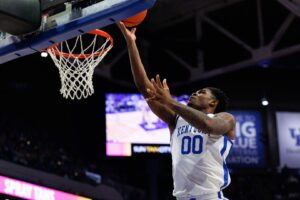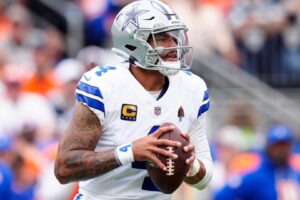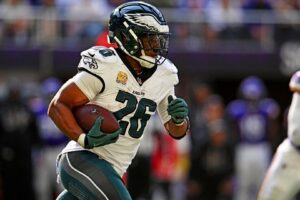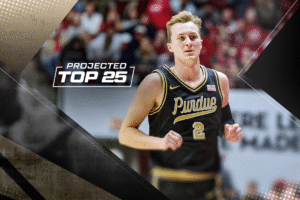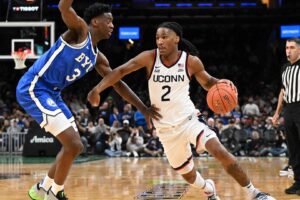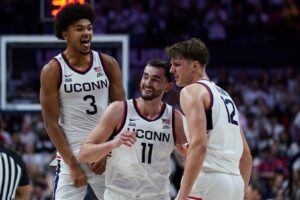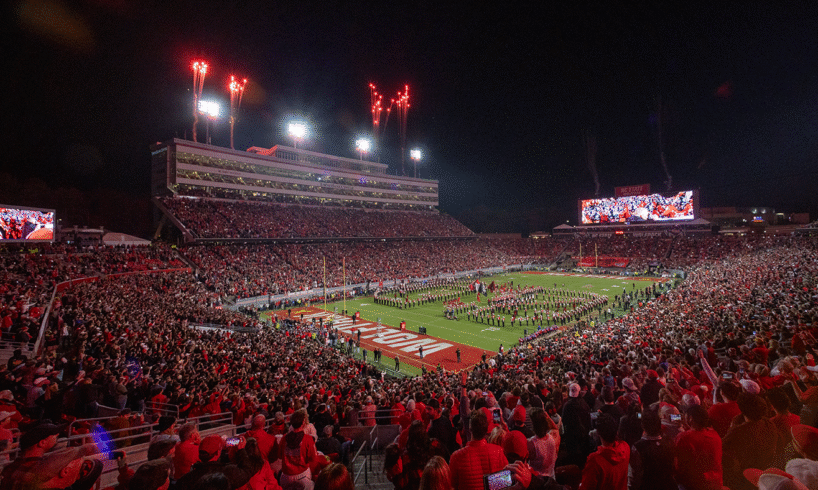
The revenue-share era is finally here as schools are legally able to pay their athletes directly beginning on July 1 on the heels of the landmark House v. NCAA settlement. A historic moment like this requires both retrospection and projection on where we’ve been and where we are headed in college sports. Thankfully, Opendorse published its annual report Tuesday that had a treasure trove of NIL and revenue share data that offers good perspective in both areas.
Here are three takeaways from Opendorse’s data release:
The front-loading boom was real
CBS Sports has extensively detailed the impact of “front-loading” contracts with NIL money ahead of the revenue sharing era beginning. Anecdotally, it had an especially big impact on the quarterback market with the top end surpassing the $4 million annual number. Coaches like Indiana’s Curt Cignetti have told CBS Sports the combination of NIL front-loading and rev share money has pushed the top rosters into the $40 million range.
How athletes will be paid as July 1 ushers in new era for college sports: NIL changes, enforcement, contracts
Shehan Jeyarajah
Opendorse’s data shows the front-load boom was real, and the numbers are staggering. In June alone, NIL collectives spent 824% more than they did a year ago. There were other big booms in January (215% up YOY) and April (182% up YOY) timed around transfer portal windows.
Texas Tech, as CBS Sports’ Shehan Jeyarajah recently detailed, is believed to have been the most aggressive in capitalizing on what could be the last unregulated…
..

